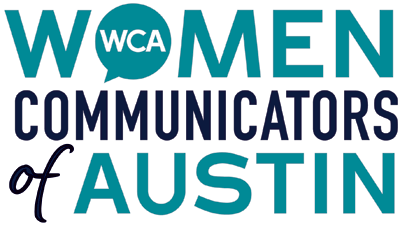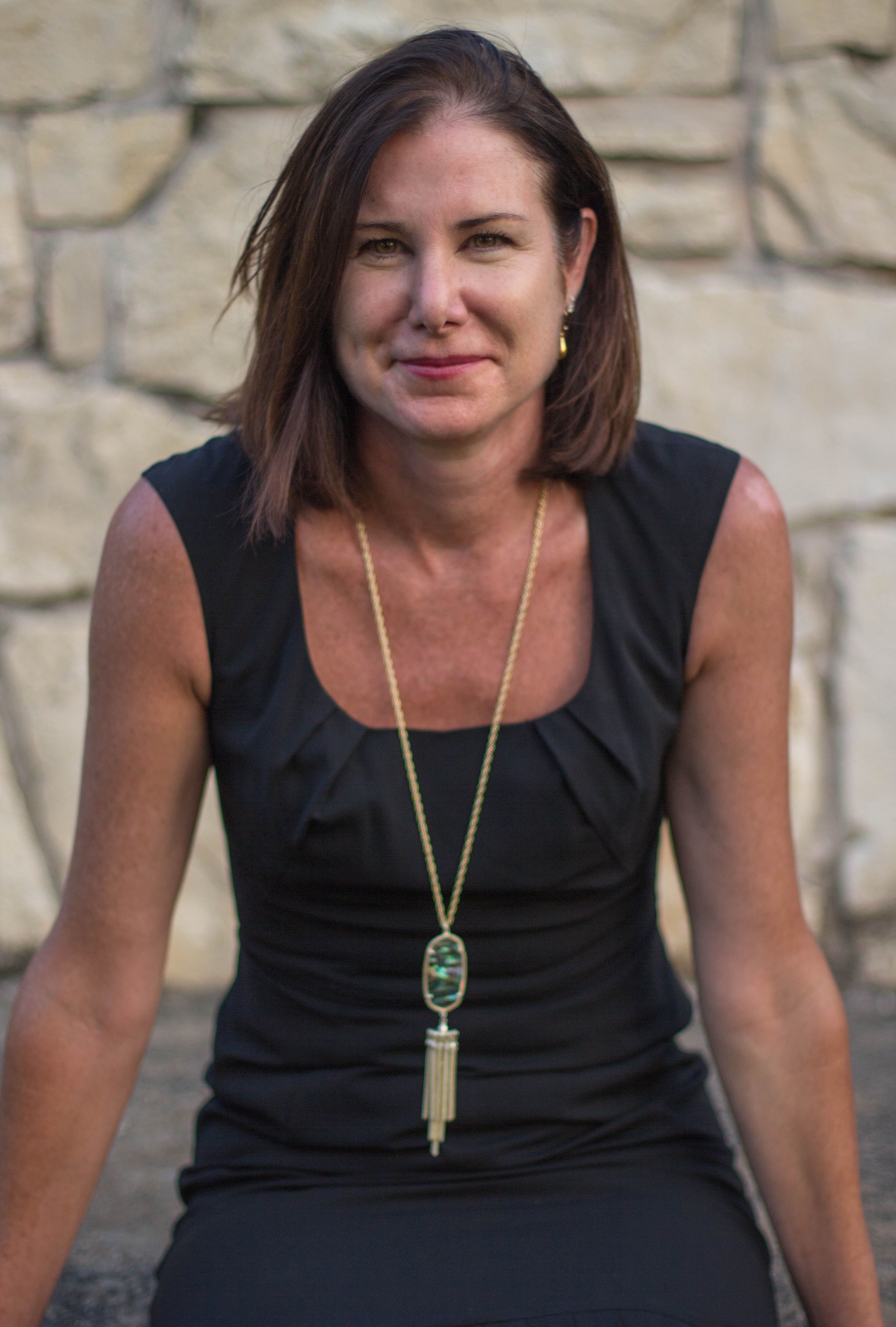Written by Miranda Lemon.
 As we enter the throes of South by Southwest, it’s more apparent than ever that new media platforms are surfacing daily. But unlike SXSW fashion, these micromedia platforms are not a passing trend.
As we enter the throes of South by Southwest, it’s more apparent than ever that new media platforms are surfacing daily. But unlike SXSW fashion, these micromedia platforms are not a passing trend.
The seemingly endless array of web sites, social media, blogs, podcasts and more comes with the opportunity to get coverage outside of major media outlets. By effectively using rented space on platforms like LinkedIn, Facebook and Twitter and by building and engaging with audiences online, it’s possible to earn media and capture public attention.
Barbara Cave Henricks is President of Cave Henricks Communications, a full service public relations firm specifically created for books, authors, and thought leaders. She recently co-authored “Mastering the New Media Landscape: Embrace the Micromedia Mindset” with fellow publicist Rusty Shelton.
Over the course of her publishing publicity career, Henricks has handled a prestigious list of nonfiction titles by authors such as Vice President Al Gore, astronaut James Lovell, Pulitzer Prize winners Tracy Kidder and Buzz Bissinger, poet Diane Ackerman, and novelists Ethan Canin and Amy Ephron. In 2007, Henricks opened her own firm which represents about 25 titles and authors a year, working with bestsellers and thought leaders around the globe. The company has notably launched popular titles such as StrengthsFinder 2.0 by Tom Rath, The One Thing by Gary Keller and Jay Papasan, Global Tilt by Ram Charan, and Humans Are Underrated by Geoff Colvin.
We recently interviewed Barbara about the topic of her new book and what it means to be a publicist-turned-author.
What is rented media, and what role does it play in the media mix?
Rented media is by and large composed of channels that allow you to post and share information. This includes everything from LinkedIn to Facebook, Twitter to Instagram — any outlet that holds content, but retains control over the platform itself, qualifies as rented media. Although you have enormous options when it comes to creating and sharing content, you are doing so on space owned by someone else. Rented media is incredibly easy to use, but comes with a certain degree of risk. For example, although you collect followers and fans on Facebook, the company can change its algorithm and limit your ability to reach your audience. Similarly, Twitter could receive a complaint and shut down your feed. Rented media also includes advertising, as well as online review sites like Yelp.
With so many avenues for delivering content and creating engagement online, how does one stand out from the crowd?
It’s tough. What was always a noisy media environment is now deafening. And because we exist in an environment where everyone has democratic access to these platforms, our job has grown beyond messaging for our clients into training our clients themselves how to communicate. Encourage clients to adopt the mindset of a professional journalist who strives to inform and entertain. Write in a manner that is clear, concise, and compelling. Have an opinion, don’t echo the masses. Develop a unique voice. And finally, in this new environment, I believe it is increasingly important to think visually. While most clients come prepared to Tweet and write blogs, we’re urging our clients to experiment with apps like Periscope that can add a video component to their feeds. The next wave of micromedia standouts will be individuals and brands who can be effective with all of the existing tools.
How do you keep up with the latest and greatest forms of micromedia?
As traditional media was joined by the thousands upon thousands of outlets in the micromedia space, it has gotten more difficult for all of us who work in communications to stay current. At the same time, I like to keep my eye focused not just on these new sites, but across the spectrum. I read the New York Times and Wall Street Journal in the print editions before I leave the house. On the way to work, I listen to KUT, our local NPR station. Once at my desk, before I open my email, I look at Reddit and Buzzfeed. During the day, I’ll dip into either one of the magazines we subscribe to on a rotating basis or scroll through the targets on one of our media reports, so I can stay abreast of which publication is running certain kinds of content. On the way home from work, I usually listen to a podcast, either one done by a client or a personal favorite like This American Life or Dear Sugar.
You have made a career out of representing authors and books. What does being a published author mean to you?
While writing is a very private act for me, being published is an extraordinarily public experience. No matter how acclaimed or exalted you are in your personal or professional sphere, when a book that you have created goes out into the world, it becomes a very public and very permanent statement. I’ve said that for years to authors preparing to have their work seen, judged, and reviewed. The difference now is that I truly believe this. This particular set of pages, tattooed with the words that my coauthor Rusty and I painstakingly chose, has arrived in the world. And the pride, and the fear, and the rush of excitement feels all too real.
What advice do you have for someone who is considering writing a book?
Start today. The hardest part is just getting something down. Beyond that, there really isn’t a single thing I could say here that could actually explain how to write a book. You start with a sentence and you keep going. Many days you will be forced to reconcile yourself to the fact that you don’t know what you are doing and don’t know why you thought you could do this to begin with. Other days, it feels deceptively easy and you walk around smiling, thinking about how you’ve cracked this writing a book thing. And then the next day comes and you don’t even remember whether “a lot” is one word or two. This goes on and on until the thing is done and you turn it in.
Join us at WCA@Lunch this Wednesday to learn more!
- Announcing Our 2016-2017 Board of Directors - May 31, 2016
- Freelance Corner: Making Impressions, Copyright FAQs and Nixing Procrastination - May 25, 2016
- Austin’s Best Kept Secrets: Swimming Holes - May 24, 2016

